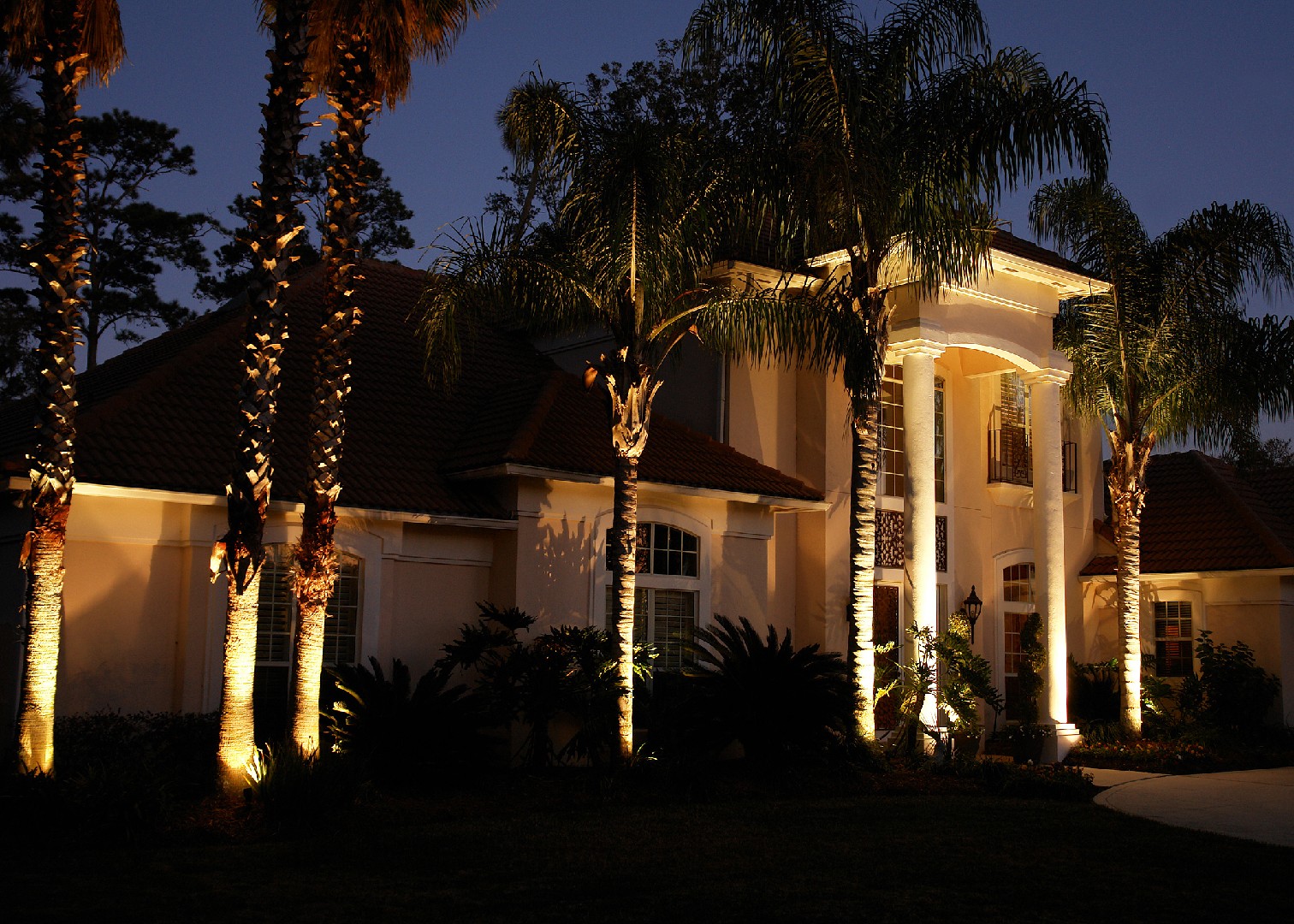![Rectangle]()
Top Automated Garden Lighting Systems
In the world of modern garden lighting, there are several market leaders that stand out for their innovative features and high-quality products. Let's explore some of the top automated garden lighting systems available on the market today.
One of the leading brands in this space is Philips Hue. Known for their smart lighting solutions, Philips Hue offers a range of outdoor lighting options that can transform your garden into a mesmerizing oasis. Their system allows you to control the lights remotely using a smartphone app, and you can create custom lighting schedules to suit your preferences. With Philips Hue, you can easily set the mood for any occasion, whether it's a cozy evening gathering or a vibrant party atmosphere.
Another popular choice is the Lutron Caséta Wireless system. This system is known for its seamless integration with other smart home devices, allowing you to control your garden lights through voice commands or automated routines. The Lutron Caséta Wireless system also offers geofencing capabilities, which means the lights can automatically turn on or off based on your location. This feature is particularly useful for enhancing home security and creating a welcoming ambiance when you arrive home after dark.
For those who are looking for a more eco-friendly option, the Ring Smart Lighting system is worth considering. This system utilizes solar-powered lights, which not only saves energy but also eliminates the need for complex wiring. The Ring Smart Lighting system is easy to install and can be controlled using the Ring app or a compatible voice assistant. With motion sensors and customizable settings, you can ensure that your garden is always well-lit while minimizing electricity consumption.
When comparing these top automated garden lighting systems, there are a few key features to consider. First, think about the level of control you desire. Some systems offer basic on/off capabilities, while others provide more advanced features like color changing and dimming options. It's also important to assess the compatibility of these systems with your existing smart home devices, ensuring a seamless integration. Lastly, take into account the durability and weather resistance of the lights, especially if you live in an area with harsh weather conditions.
To gather insights on the performance and customer satisfaction of these systems, it's always helpful to read reviews and feedback from real customers. Look for testimonials that highlight the ease of installation, reliability, and overall user experience. Online forums and social media groups dedicated to smart home technology are great resources for finding candid opinions and practical tips from fellow garden enthusiasts.
By investing in one of these top automated garden lighting systems, you can illuminate your garden smartly while enjoying the convenience and flexibility that smart technology offers. Whether you want to create a welcoming entrance, highlight architectural features, or simply enjoy a well-lit outdoor space, these systems provide practical solutions and opportunities for creativity. So why wait? Start exploring the possibilities today and bring your garden to life with the power of automation and modern lighting technology.





